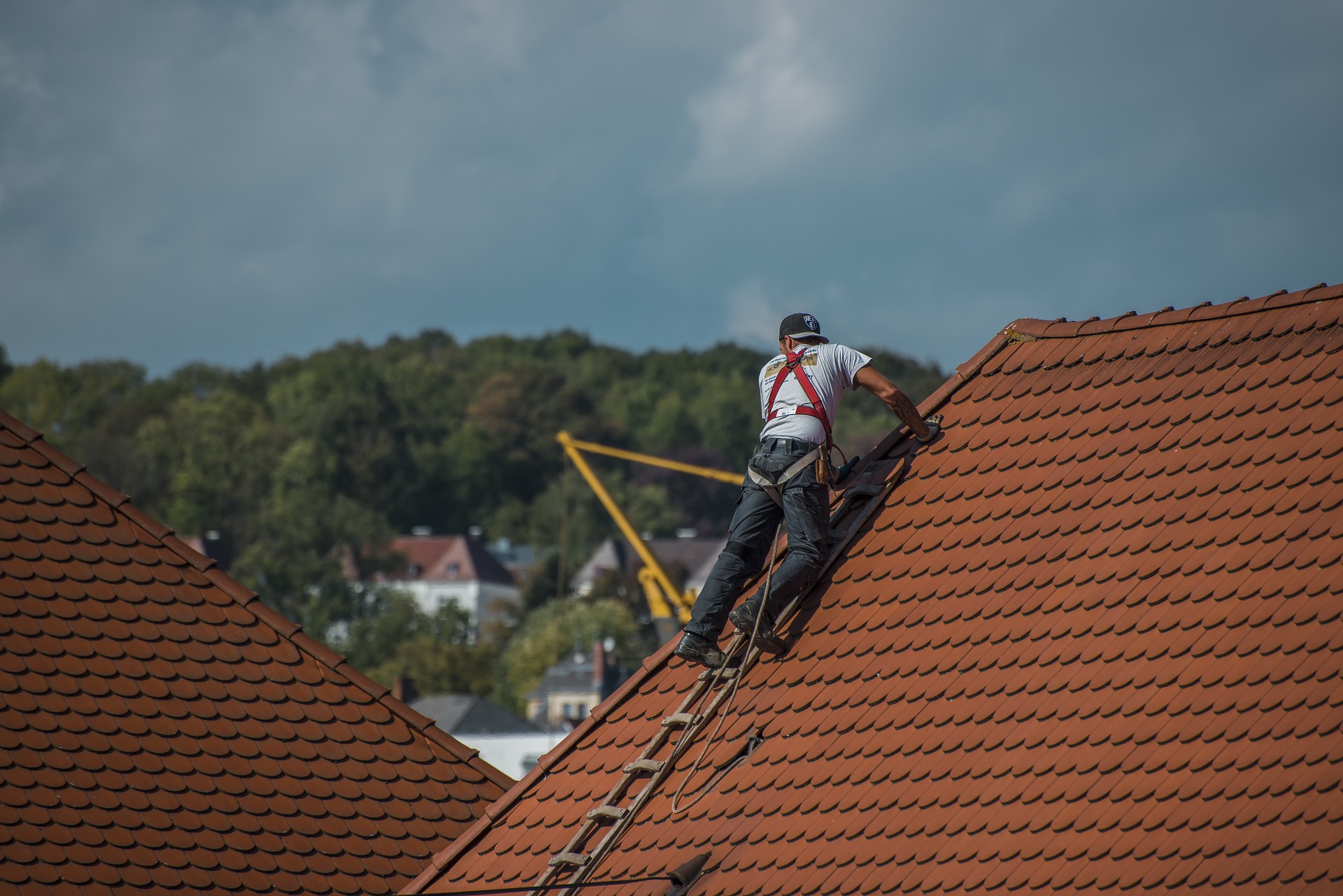Roofing Jobs in Japan – Working Conditions
If you live in Japan and speak English, you can explore what working in roofing is like. Learn more about conditions in roofing environments, including safety procedures, equipment handling, and the different techniques used in roofing projects across the country.

What are common roofing roles in Japan?
The Japanese roofing industry encompasses several specialized positions that reflect both traditional craftsmanship and modern construction methods. Traditional roof craftspeople, known as “yaneya,” are highly respected for their expertise in creating and maintaining classic Japanese roof designs such as the distinctive kawara (clay tile) and kokera-buki (wooden shingle) styles found in temples, shrines, and traditional houses. These specialists typically undergo extensive apprenticeship programs lasting 5-10 years to master the precise techniques handed down through generations.
In the modern construction sector, contemporary roofers focus on installing and maintaining modern roofing systems including metal, asphalt shingles, and waterproof membrane systems. Project supervisors and estimators play crucial coordination roles, managing timelines, budgets, and ensuring compliance with Japan’s strict building codes and safety regulations. Safety inspectors specifically concentrate on adherence to Japan’s rigorous safety standards, which are particularly important given the frequency of seismic activity and typhoons that can affect structural integrity.
Additionally, specialized restoration experts work specifically on preserving historically significant buildings, where knowledge of traditional materials and construction methods is essential. These restoration professionals often collaborate with cultural preservation authorities to maintain Japan’s architectural heritage while ensuring modern safety standards are met.
Understanding roofing environments and working conditions
Roofing work in Japan presents distinct environmental challenges that shape daily working conditions. The climate varies significantly across the country, with professionals facing intense summer heat and humidity in many regions, particularly during the July-September period when temperatures frequently exceed 35°C (95°F). During winter months, northern regions like Hokkaido experience heavy snowfall that can create hazardous working conditions. The rainy season (tsuyu) from June to July brings persistent precipitation that often delays projects and creates slippery surfaces.
Physical demands are considerable in this profession. Roofing work requires extended periods in awkward positions, heavy lifting of materials like clay tiles (which can weigh significantly more than western equivalents), and constant climbing. The typical workday generally runs from 8:00 AM to 5:00 PM with a one-hour lunch break, though schedules may extend during peak seasons or when projects face weather-related delays.
Safety protocols in Japanese roofing are particularly rigorous compared to many other countries. Workers must complete mandatory safety training focused on fall prevention, proper equipment usage, and seismic considerations. Personal protective equipment requirements are strictly enforced, including specialized footwear designed for Japanese roof angles and materials. Additionally, Japan’s culture of collective responsibility means that safety is considered everyone’s concern, with regular team safety briefings being standard practice.
The importance of selecting the right roofing company for employment
Choosing an appropriate employer within Japan’s roofing industry significantly impacts a worker’s professional experience and career trajectory. Established companies with strong reputations typically provide more comprehensive training programs that combine traditional techniques with modern safety protocols. These companies often maintain apprenticeship systems where new workers learn directly from experienced masters, providing valuable skill development opportunities that can lead to specialization and advancement.
Employment stability varies considerably between companies. Larger construction firms usually offer more consistent work and better job security, while smaller traditional roofing companies might provide deeper specialized training but potentially less stable work schedules dependent on seasonal factors and project availability. The company’s financial health directly affects benefit packages, with more established businesses typically offering better health insurance options, retirement plans, and possibly housing assistance for workers relocated to project sites.
Company culture and management style also significantly influence working conditions. Traditional Japanese management approaches emphasize group harmony and collective responsibility, while some more modernized companies may incorporate western management practices. Understanding a company’s approach to hierarchy, decision-making processes, and work-life balance expectations is essential when considering employment options within this industry.
Career progression and skill development in Japanese roofing
Professional development in Japanese roofing follows distinctive pathways that reflect the industry’s blend of tradition and innovation. Entry-level positions typically begin with basic preparation and assistant tasks, with workers progressively handling more complex aspects of installation and repair as they demonstrate proficiency. The apprenticeship model remains strong, particularly in traditional roofing, where learning specialized techniques can take years under master craftspeople.
Certification opportunities exist through industry associations like the Japan Roofing Contractors Association, which offers recognized credentials that validate specific skill sets. These certifications often lead to increased responsibilities and higher compensation. Advanced career paths might include specialization in specific roofing systems, moving into supervisory roles, or eventually establishing independent contracting businesses for those with entrepreneurial interests.
Continuing education has become increasingly important as the industry evolves. Training programs cover emerging techniques, new materials, and updated safety regulations. Professionals who combine traditional knowledge with modern methods and sustainability practices are particularly valued in today’s market, especially as Japan places greater emphasis on energy-efficient building designs and resilient structures capable of withstanding natural disasters.
Navigating cultural aspects of the Japanese roofing workplace
The Japanese roofing workplace incorporates distinct cultural elements that shape daily interactions and professional expectations. Communication follows hierarchical patterns with great respect shown to senior craftspeople and managers. Direct criticism is typically avoided in favor of more subtle guidance, and group consensus is often sought before major decisions are implemented. Foreign workers should understand that non-verbal cues carry significant meaning in Japanese workplace communication.
Work ethic expectations emphasize punctuality, dedication, and attention to detail. The concept of “kaizen” (continuous improvement) applies to roofing work, with craftspeople expected to constantly refine their techniques and minimize waste. Team cohesion is highly valued, with workers often participating in group activities outside regular hours to build relationships.
For non-Japanese workers, language barriers can present challenges, though some larger companies in urban areas may have English-speaking staff. Understanding basic Japanese construction terminology proves invaluable, and demonstrating respect for local customs and work practices significantly eases integration into Japanese roofing teams. Cultural adaptability and willingness to learn traditional approaches are viewed favorably, even when a worker brings experience from other roofing traditions.
Conclusion
The working conditions in Japan’s roofing industry reflect a complex blend of traditional craftsmanship, modern construction methods, and distinctive cultural practices. The sector offers various specialized roles requiring different skill sets, from traditional temple roof restoration to contemporary waterproofing systems installation. While physically demanding and subject to seasonal weather challenges, the profession maintains strong safety protocols and structured career development pathways. For those interested in this specialized construction field, understanding both the technical requirements and cultural context provides valuable insight into this unique aspect of Japan’s built environment.




